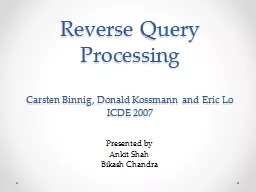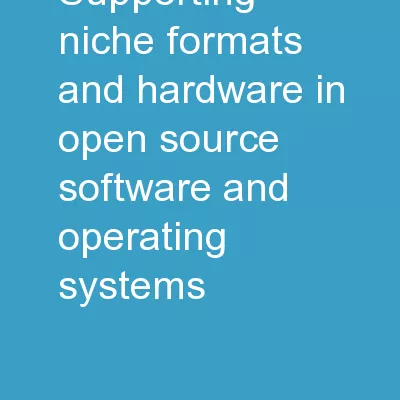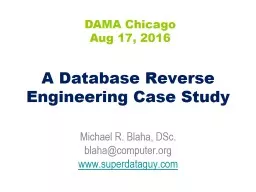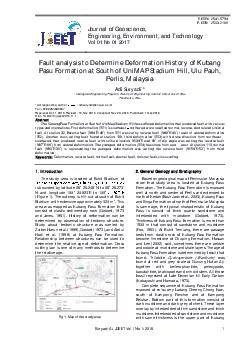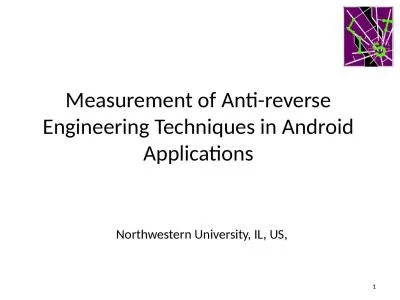PPT-Introduction to Reverse Engineering
Author : pamella-moone | Published Date : 2017-08-29
Inbar Raz Malware Research Lab Manager Information Security Theory vs Reality Tel Aviv University 368447401 Winter 201 2 2013 Lecture 7 What is Reverse Engineering
Presentation Embed Code
Download Presentation
Download Presentation The PPT/PDF document "Introduction to Reverse Engineering" is the property of its rightful owner. Permission is granted to download and print the materials on this website for personal, non-commercial use only, and to display it on your personal computer provided you do not modify the materials and that you retain all copyright notices contained in the materials. By downloading content from our website, you accept the terms of this agreement.
Introduction to Reverse Engineering: Transcript
Download Rules Of Document
"Introduction to Reverse Engineering"The content belongs to its owner. You may download and print it for personal use, without modification, and keep all copyright notices. By downloading, you agree to these terms.
Related Documents




